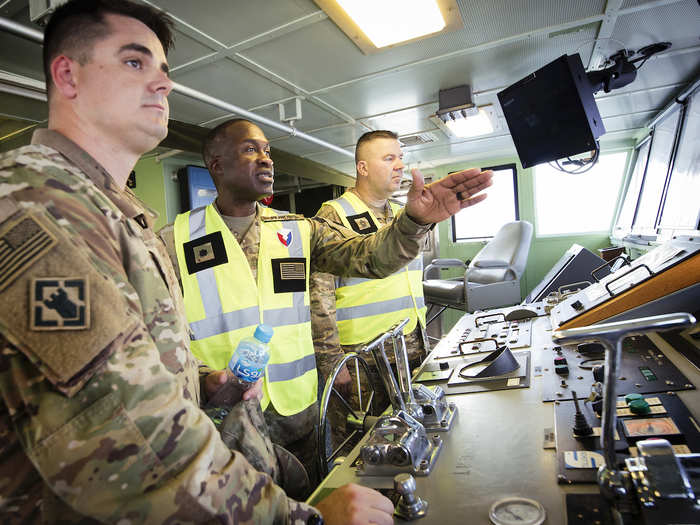


Before the auction was taken down, a $1 million bid was entered for the Kuroda, but that did not meet an unspecified reserve price for the ship, which cost $26 million to construct.









 Luxury “floating” beach unveiled in France, termed an “ecological aberration”
Luxury “floating” beach unveiled in France, termed an “ecological aberration”
 Scientists think they’ve spotted 60 potential alien power plants in the Milky Way!
Scientists think they’ve spotted 60 potential alien power plants in the Milky Way!
 Bread, butter, milk-based health drinks, cooking oils classified as ultra-processed food, ICMR advises restriction
Bread, butter, milk-based health drinks, cooking oils classified as ultra-processed food, ICMR advises restriction

Copyright © 2024. Times Internet Limited. All rights reserved.For reprint rights. Times Syndication Service.